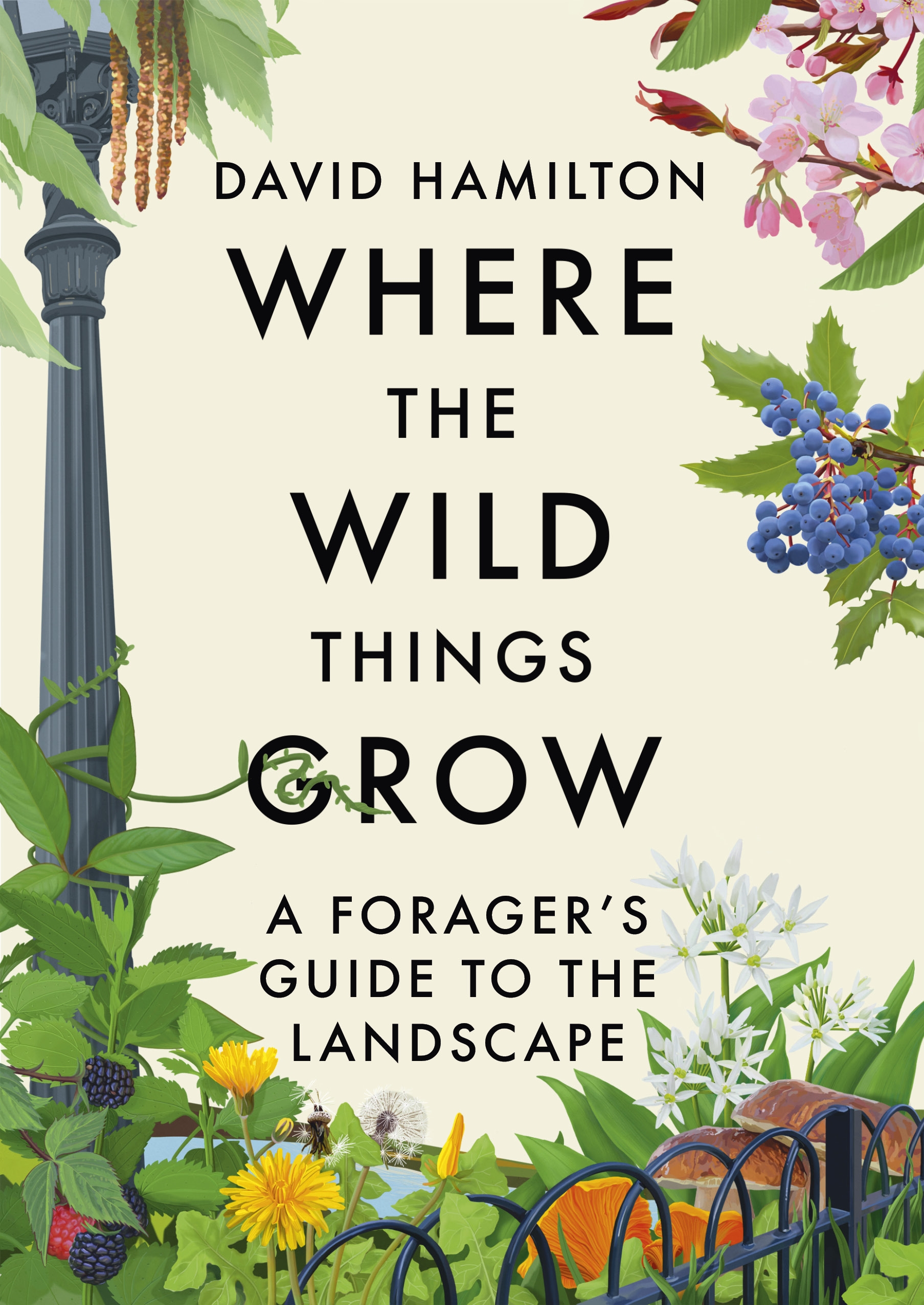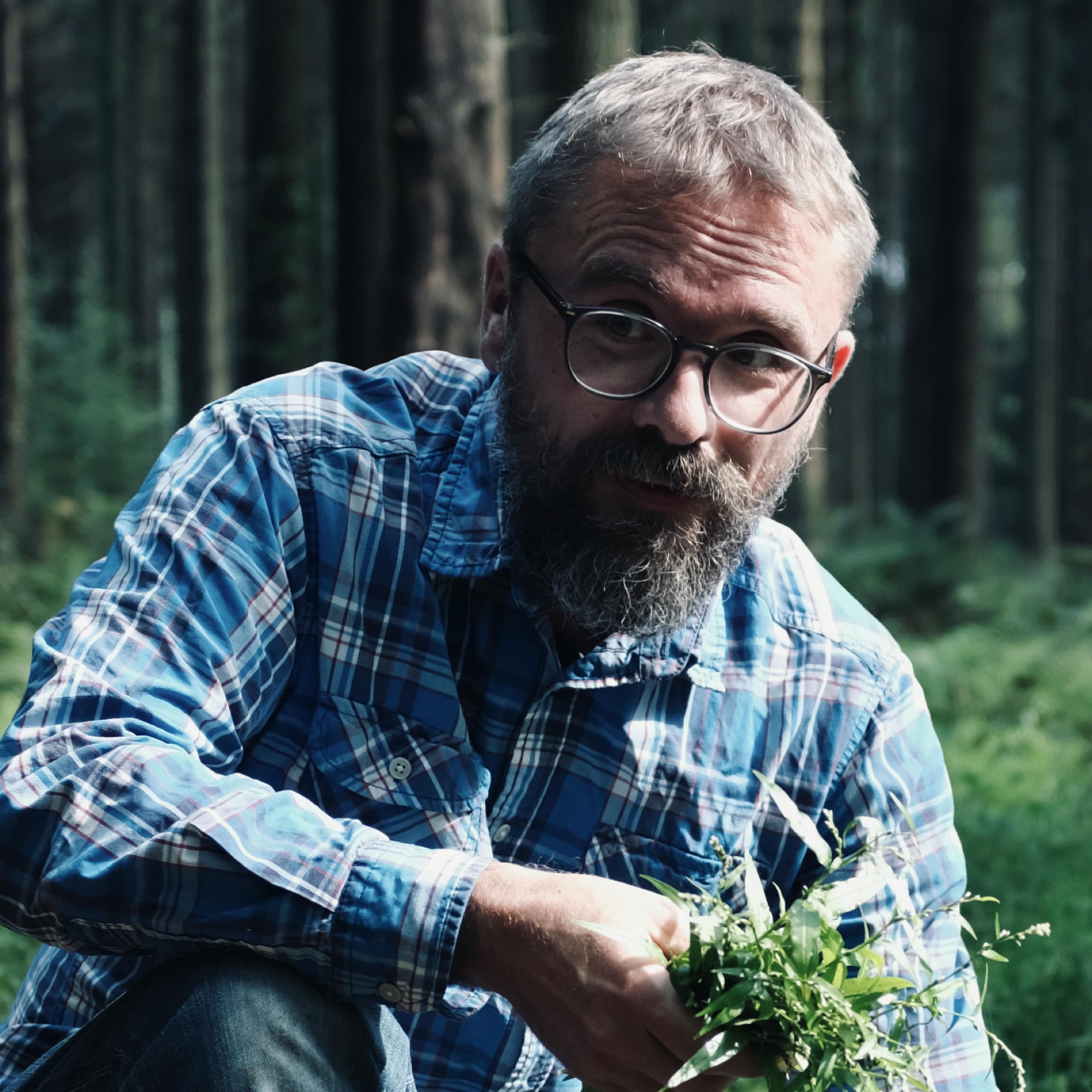Watercress both cooked and raw (soaked in vinegar first) is a great accompaniment to rich cheeses, and you can use a little as a pot-herb to add a peppery kick to otherwise bland soups or stews.
One of my favourite soups is made from watercress, and the base recipe at the start of my book works really well with the plant.
Another really simple and delicious way to eat watercress is blanched and served as a side vegetable with lemon and butter.
Wild watercress can sometimes be found on its own and at other times with potentially poisonous plants such as cowbane and water hemlock. Correct identification is therefore very important, as the two can tangle together and it's far too easy to pop the wrong one into your basket.
Another caution when it comes to eating watercress is the liver fluke parasite. You should always pick watercress from clear, running water, nowhere near grazing or dead animals, and take only the top part of the watercress, growing above the water line (this will also ensure that the plant replenishes).
Even then, you should soak your watercress in vinegar if you wish to eat it raw or blanch for ten minutes before using it cooked. Even supermarket watercress is not without its risk and there have been mass withdrawals of commercially sold watercress because of outbreaks of E. coli.


